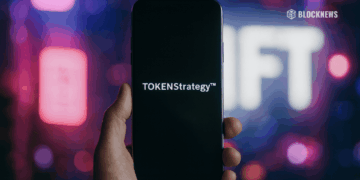Users of the SOL-borrowing and lending network Solend voted to take control of the protocol’s main account: a “whale” with an “extremely large margin position” that was dangerously close to a catastrophic on-chain liquidation cliff, said the contributors of Solend.
The governance vote will enable Solend Labs to liquidate the whale’s vulnerable assets (approximately $20 million in SOL) via OTC trades rather than decentralized exchanges – where Defi liquidations generally take place – if the price of SOL crashes to extremes.
On-chain liquidation of the whale’s position, according to Solend Labs, may likely lead to unrest in Solana’s Defi markets. The liquidation via an OTC service would most likely prevent such a scenario. However, it also overthrows the smart contract–coded protocol Solend inevitably follows for all borrower
liquidation.
How the Solend Damage Control Works
According to their blog, the decision to give Solend Labs emergency power over the whale’s account was
made by approximately two-thirds of the network’s users.
The power to liquidate the whale’s account will be temporary and last for two weeks, after which it will expire unless renewed by another governance vote, said Solend Labs.
The Solend whale was an example of what not to do. The advocates of action claimed that the Solend whale was not just a regular user. Over 95% of deposits had been parked on Solend, according to the profile.
The amount of money the company owes is higher than $20 million, and it may not be able to pay off its debts. The company’s assets will most likely be distributed to creditors. The Solend governance token-holders who voted agreed with 97.5% of the votes cast. With 1.13% of the vote, the amendment barely cleared a quorum in favor. A single “yea” voter was enough: their account was the only one that allowed the measure to pass.














